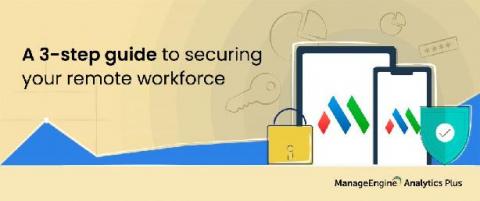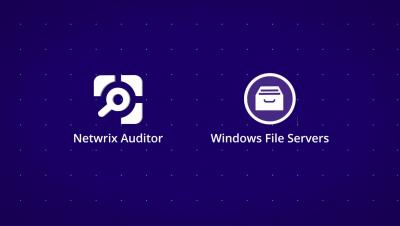Security | Threat Detection | Cyberattacks | DevSecOps | Compliance
%term
Netwrix Auditor for Active Directory - Overview
Ransomware Characteristics and Attack Chains - What you Need to Know about Recent Campaigns
Ransomware has been around for decades going back all the way to 1989. Since then it has only magnified in scope and complexity. Now at a time when working remotely is becoming more universal and the world is trying to overcome the Covid-19 pandemic, ransomware has never been more prominent. Ransomware is a type of malware that prevents users from accessing their system or personal files and demands a “ransom payment” in order to regain access.
Top Things that SysAdmins Really Hate
Being a sysadmin basically means being a superhero. Fighting bad guys (aka hackers), helping ordinary people (aka users), saving your home (aka IT environment) from various disasters — it all sounds very heroic, but it’s just an average day in a sysadmin’s life. But superheroes can feel pain as well. Five years ago, we asked brave sysadmins to blow off some steam and complain about their suffering by letting us know what they really hate about their work.
Leverage advanced analytics to secure your endpoint devices
With the new normal adding several more challenges and variables to the security layer, how do you ensure your data is safeguarded without increasing the workload or the headcount of your security team? Using advanced analytics, in tandem with endpoint monitoring applications such as ManageEngine’s Mobile Device Manager Plus and Desktop Central, will help you better visualize and analyze your endpoint data, identify patterns, and establish correlations.
Monitoring health information systems with HIPAA-compliant logs
As healthcare and life sciences organizations move to digitize their operations and automate their workflows, they are encountering new challenges related to HIPAA regulations, which dictate how patient information should be collected and stored.
Improving workflows to speed security implementation
Limited budgets, limited staff, limited time. Any security professional will have dealt with all of these repeatedly while trying to launch new initiatives or when completing day-to-day tasks. They are possibly the most severe and dangerous adversaries that many cybersecurity professionals will face. They affect every organization regardless of industry, size, or location and pose an existential threat to even the most prepared company.
Netwrix Auditor for Windows File Servers - Overview
Entry-Level Career Advice for Aspiring Cybersecurity Professionals
If the global cybercrime forecast took the form of a weather report, it might go something like this: The extended outlook calls for continued online lawlessness, scattered malware attacks and an ongoing blizzard of data breaches. After all, with experts predicting that the cybercrime epidemic will cost the world $6 trillion annually by 2021 as the shortage of qualified cybersecurity professionals climbs to 3.5 million unfilled positions, the metaphor of dark skies is hardly an exaggeration.
Using "Update.exe" as a Case Study for Robust OT Cybersecurity
In 2020, car manufacturer Honda fell victim to a ransomware attack. Using a payload called “update.exe,” the attack crippled Honda’s international customer service and Financial Services wing for days. Although it affected two customer facing branches of this global corporation, the ransomware was designed to target and breach Honda’s critical ICS/SCADA environments.









